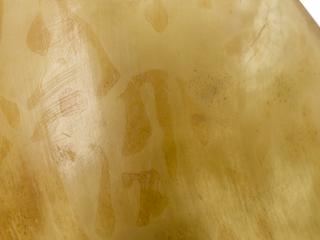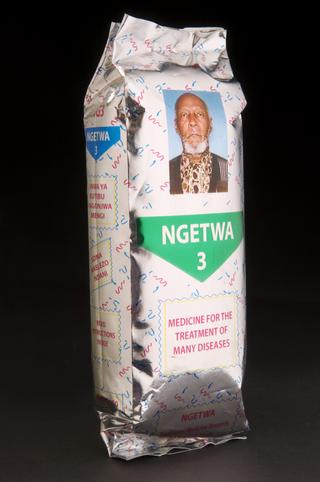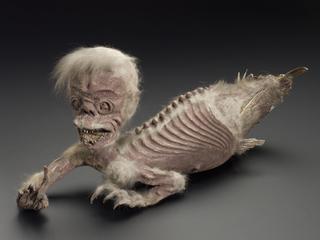

Amulet consisting of triple hazelnut, carried as cure for toothache in Wiltshire, Lovett collection, English, 1901-1920
The growing influence of biomedicine in the 1800s did not necessarily replace established forms of treatment based on belief and superstition. What could be referred to as folk medicine – customs that often went back generations – continued to be practised. For example, unusual triple and double hazelnuts were carried in the pocket as a cure for toothache. The hazelnut looks like a row of teeth and it was hoped that the pain of toothache would be transferred to the nut.
The triple hazelnut was a gift to the Wellcome collections in 1916 from Edward Lovett (1852-1933), a collector of British amulets and charms. It is pictured here with four other amulets against toothache: two large animal teeth (A132477 and A132541) and two stones (A132503 and A132474).
Details
- Category:
- Ethnography and Folk Medicine
- Collection:
- Sir Henry Wellcome's Museum Collection
- Object Number:
- A132536
- Materials:
- hazelnut
- Measurements:
-
overall: 15 mm x 29 mm x 17 mm, .002 kg
- credit:
- Lovett, E.R.




